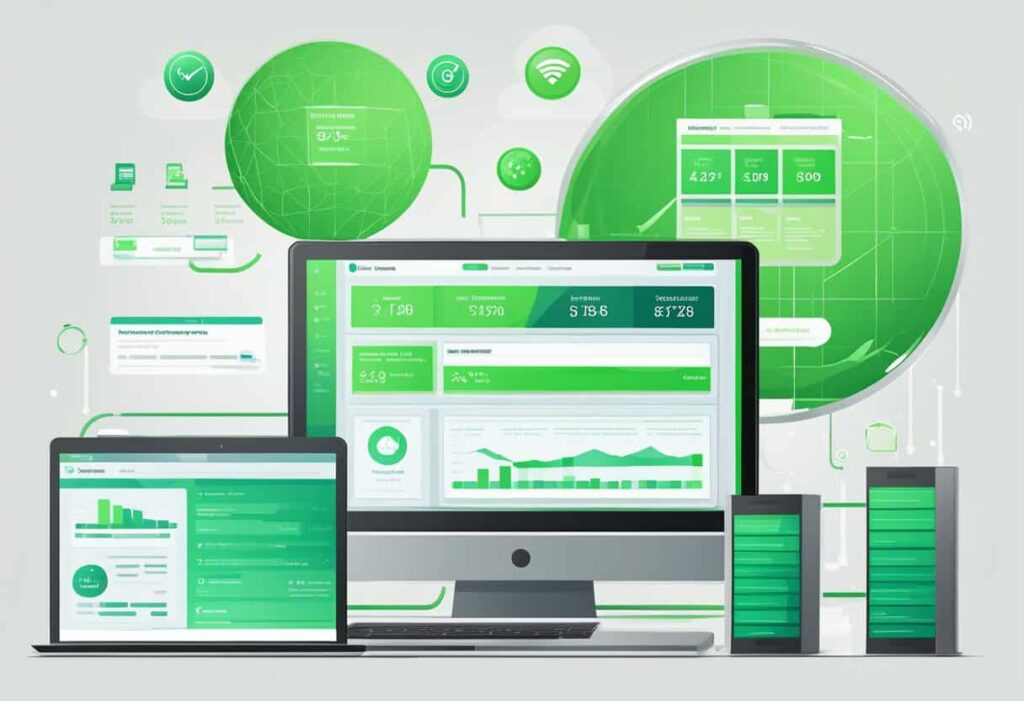
In recent years, audio-visual solutions have become an increasingly popular tool for enhancing education and learning. From projectors to interactive whiteboards, audio-visual solutions provide a versatile and engaging platform for teaching and learning. In this article, we will explore the benefits of audio-visual solutions in education and how they can help students achieve their full potential.
How Audio-Visual Solutions Enhance Education and Learning
Audio-visual technology has revolutionized education and learning by enhancing engagement and improving the understanding of complex concepts. The use of audio-visual solutions in education stimulates engagement and provides students with a more dynamic and interactive learning experience. Visual aids such as videos, images, and interactive whiteboards capture students’ attention and motivate them to participate in the learning process actively.
Moreover, audio-visual solutions make complex concepts easier to understand by providing multiple ways of presenting the material. Students who struggle with traditional learning methods such as textbooks and lectures can benefit significantly from audio-visual technology as it provides a visual representation of the material, which can help them to better understand and retain the information.
Additionally, audio-visual solutions can accommodate different learning styles. Students with different learning styles can benefit from audio-visual solutions by using different modes of presentation, such as visual aids or audio recordings, that align with their preferred learning style. The use of audio-visual technology in education is essential to promote effective learning and provide students with a dynamic and interactive learning experience.
Types of Audio-Visual Technology for Education and Learning
Audio-visual solutions are widely used in education to enhance the learning experience of students. Different types of audio-visual solutions are available, each with its own unique benefits.
Here are some of the most commonly used audio-visual solutions in education:
- Projectors: Projectors are a popular audio-visual solution that can display large images and videos on a screen. They are ideal for group presentations and can be used to display multimedia content such as slideshows, videos, and images. They can also be used for interactive activities such as quizzes and games, making them versatile tools for educators.
- Interactive Whiteboards: Interactive whiteboards are another popular audio-visual solution that allows educators to annotate, draw, and manipulate images and videos. They can also be used to display multimedia content, making them ideal for group presentations. Interactive whiteboards provide an engaging platform for teaching and can be used to reinforce key concepts and encourage student participation.
- Video Conferencing Systems: Video conferencing systems are increasingly being used in education to connect students and educators across different locations. They provide a real-time interactive platform for teaching, which is ideal for remote learning environments. Video conferencing systems can also be used to connect students with guest speakers and industry experts, providing a unique learning experience.
Each type of audio-visual solution has its own unique benefits and can be used to enhance the learning experience of students in different ways. Educators should carefully consider which audio-visual solution is best suited to their teaching style and the needs of their students.
Best Practices for Using Audio-Visual Technology for Education
Using audio-visual solutions effectively in the classroom can greatly enhance the overall learning experience for students. However, it’s important to follow best practices to avoid common pitfalls and ensure that the technology is being used to its full potential. Here are some tips for using audio-visual solutions effectively in education:
- Plan ahead: Before using audio-visual solutions in the classroom, plan out how you will use the technology to achieve your learning objectives. This will ensure that you are using the technology to enhance learning rather than just adding unnecessary distractions.
- Test the equipment: Always test the equipment before the lesson to ensure that it is functioning properly. This will help to avoid technical difficulties during the lesson.
- Keep it simple: Use audio-visual solutions in a way that is simple and easy to understand. Avoid complex multimedia that can distract from the main learning objectives.
- Engage with students: Use audio-visual solutions to engage with students and encourage active participation. For example, interactive whiteboards can be used to encourage group activities or quizzes.
- Use multimedia content effectively: Use multimedia content such as images, videos, and audio to reinforce key concepts and enhance the learning experience.
When using audio-visual solutions, it’s important to avoid common pitfalls such as using technology for the sake of using technology, using multimedia that is too complex or distracting, or relying too heavily on audio-visual solutions to teach complex concepts. By following these best practices, audio-visual solutions can be used to create an engaging and effective learning environment for students.
Conclusion
In conclusion, audio-visual solutions provide a versatile and engaging platform for teaching and learning. By incorporating multimedia into lectures and presentations, educators can stimulate engagement, make complex concepts easier to understand, and accommodate different learning styles.
Audio-visual solutions also help bridge the gap for remote learning environments and can help students feel more connected to their peers and teachers. By following best practices for using audio-visual solutions, educators can provide a more effective and engaging learning experience for students.

